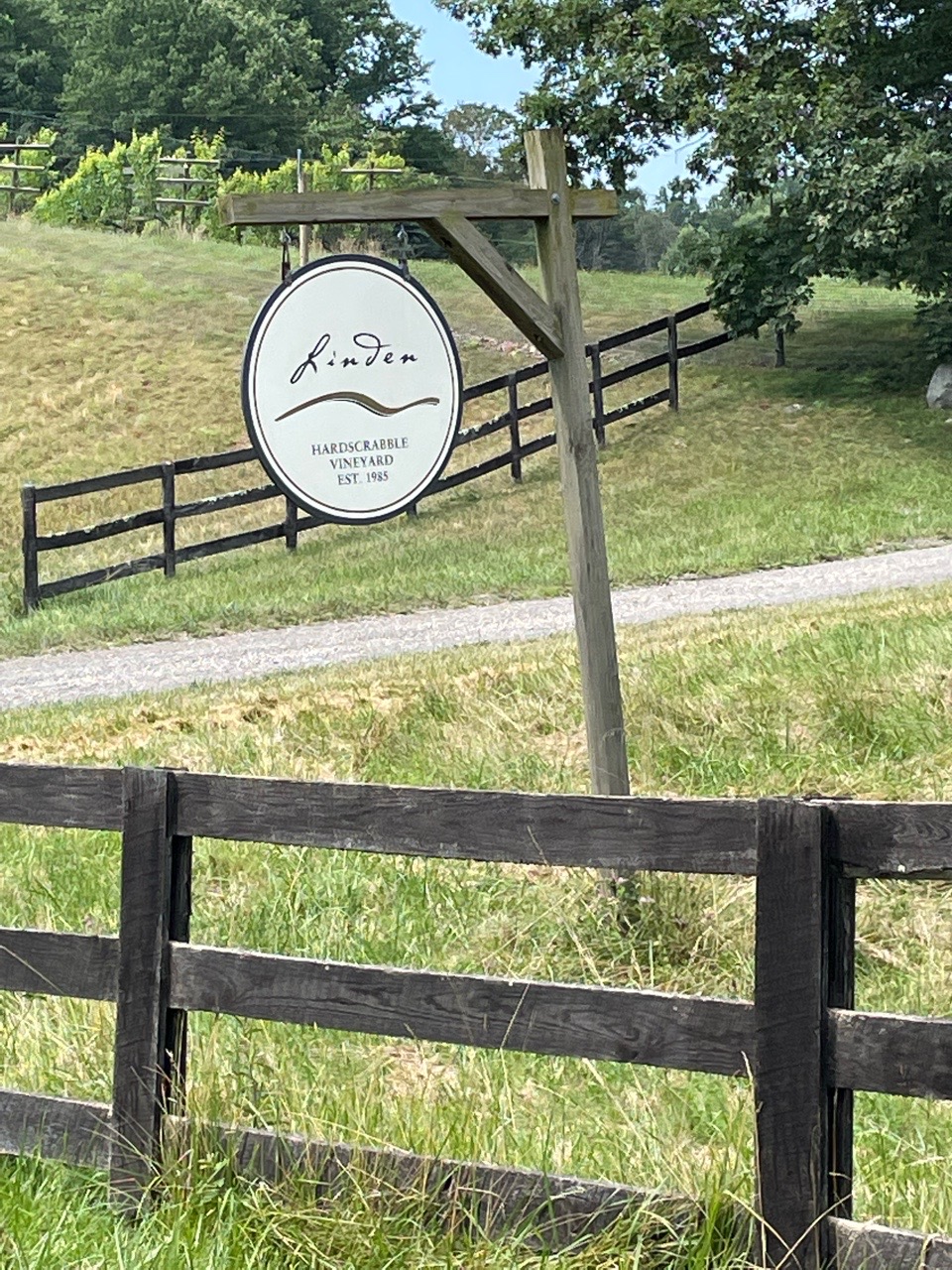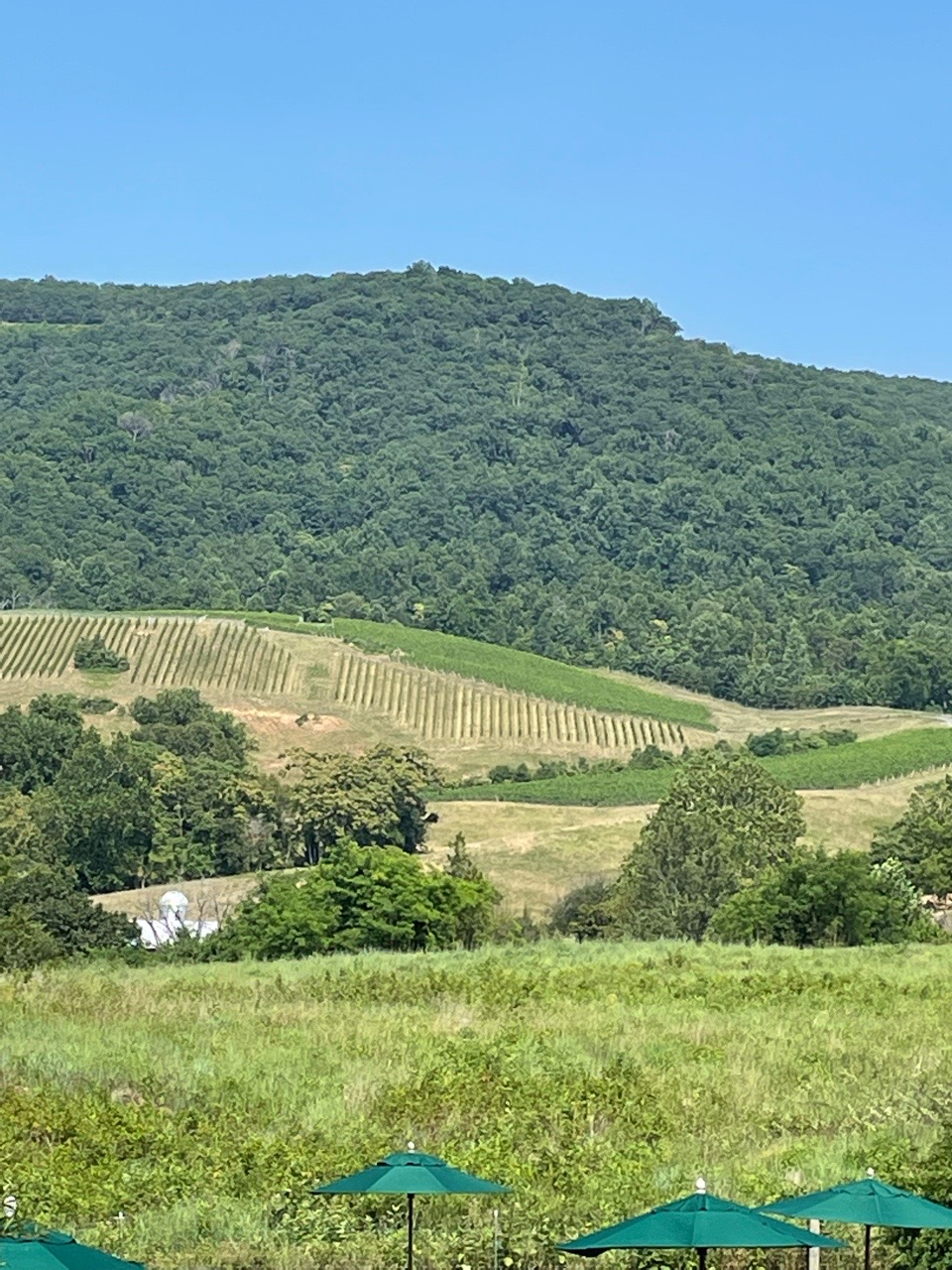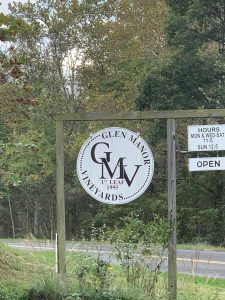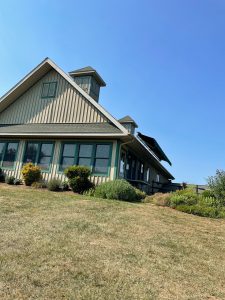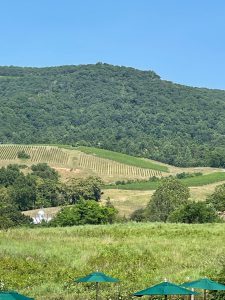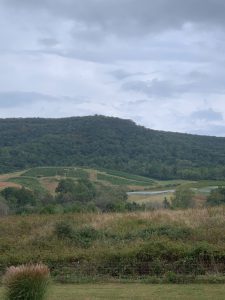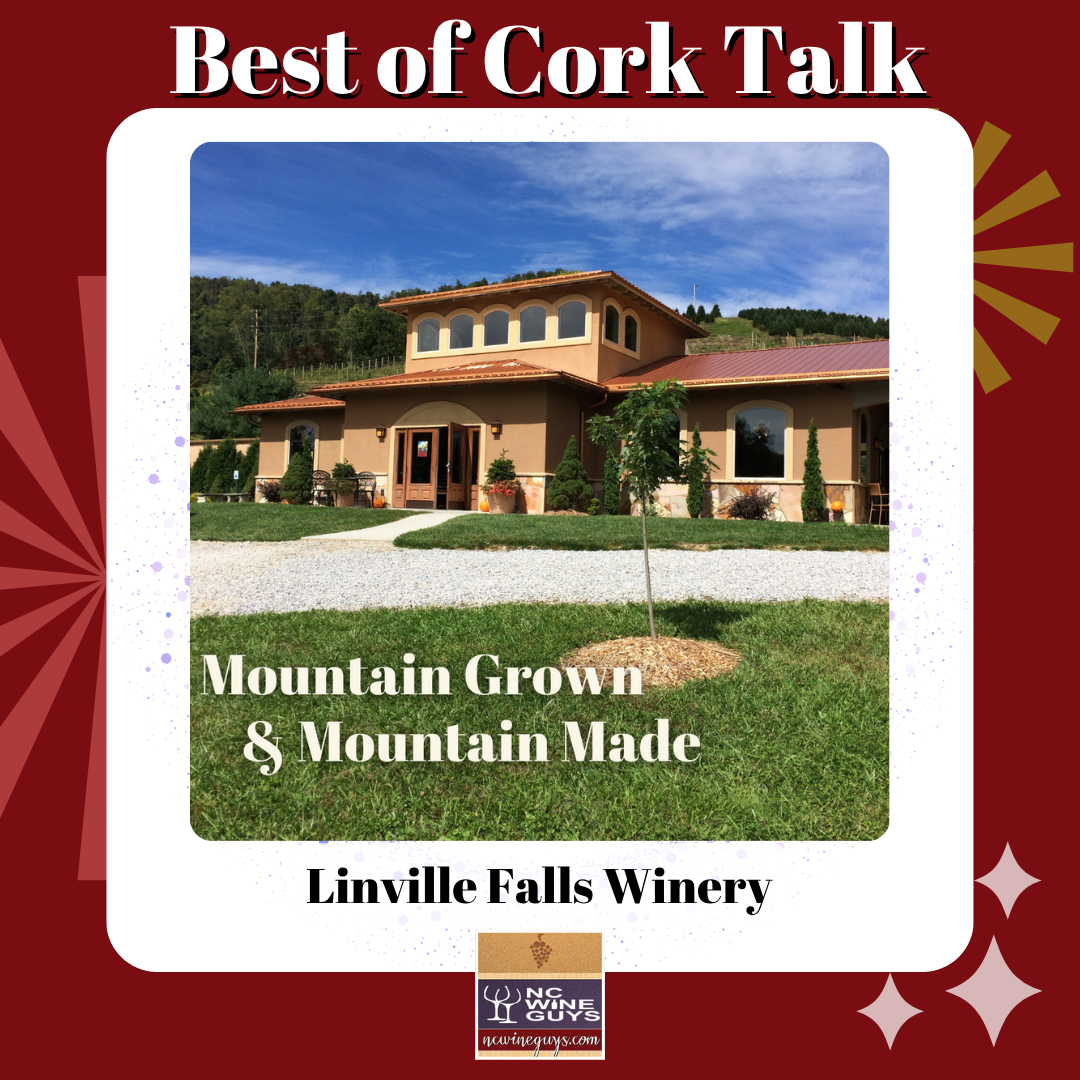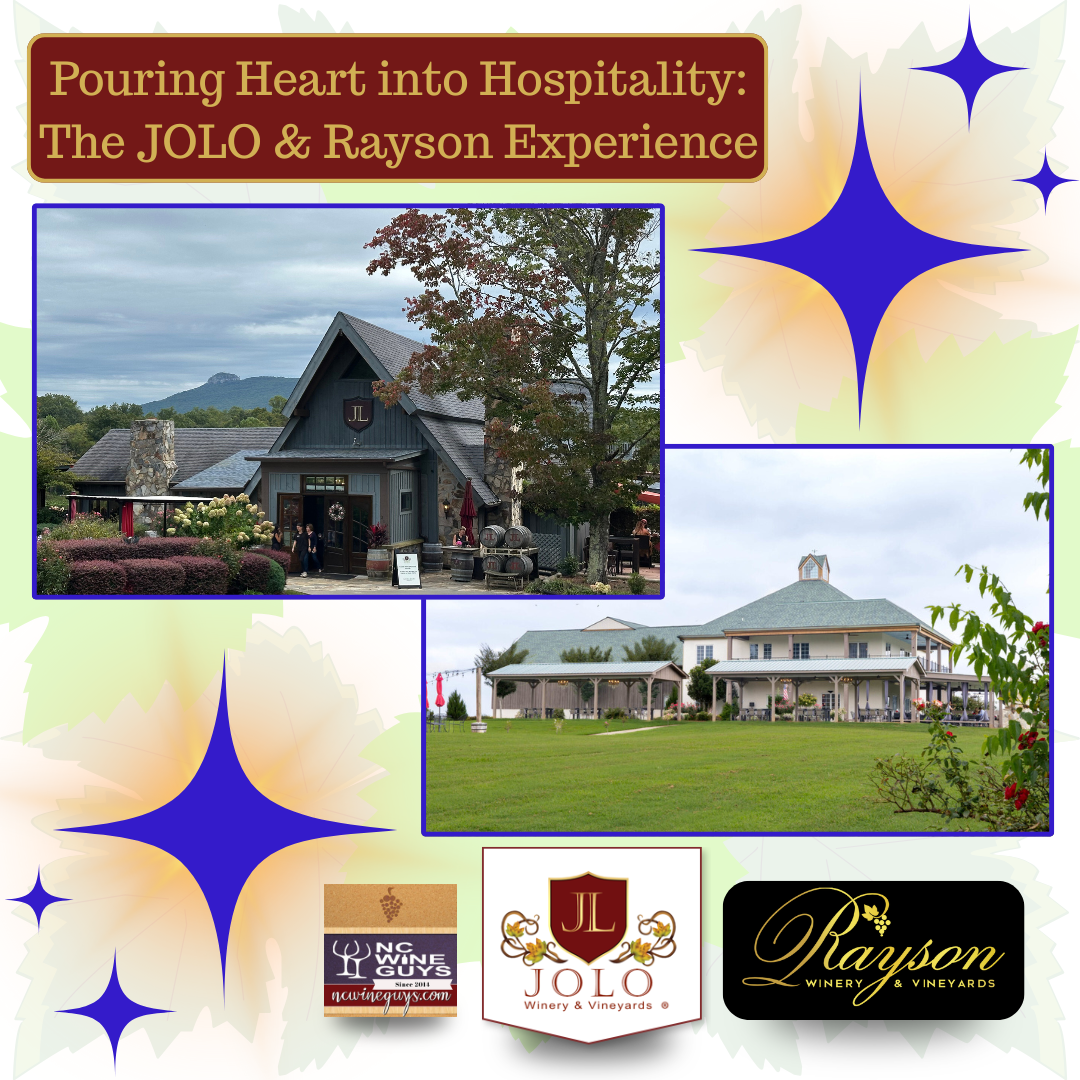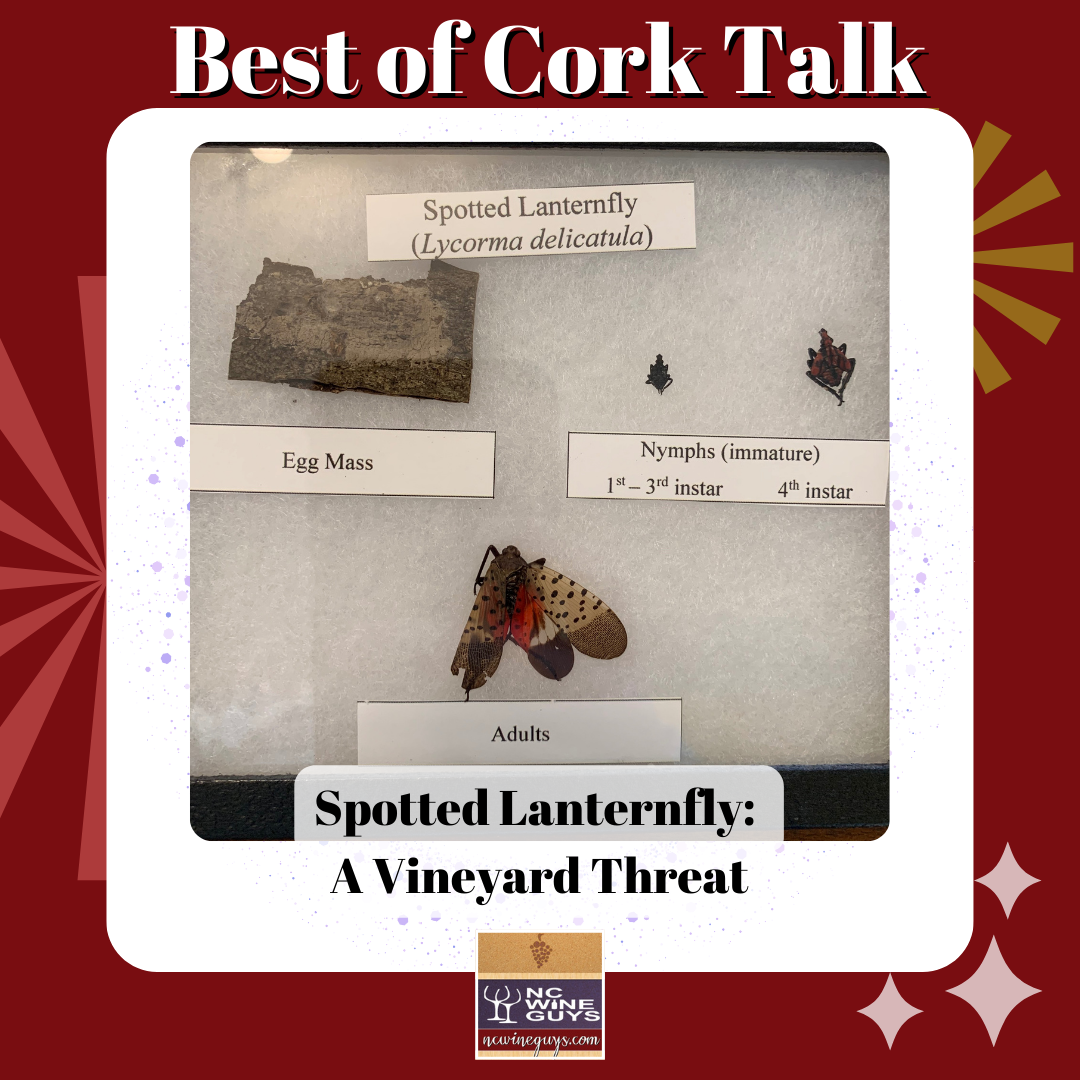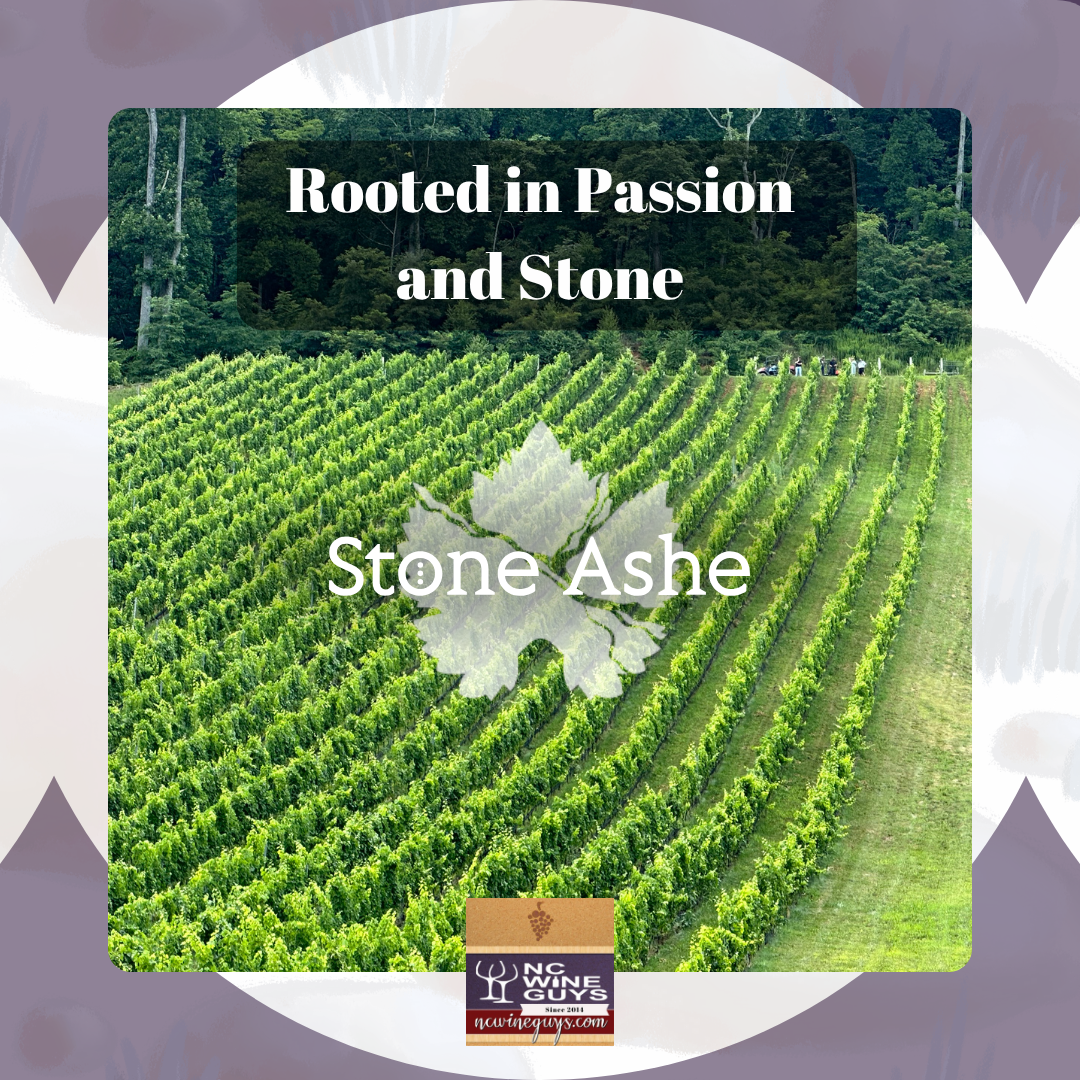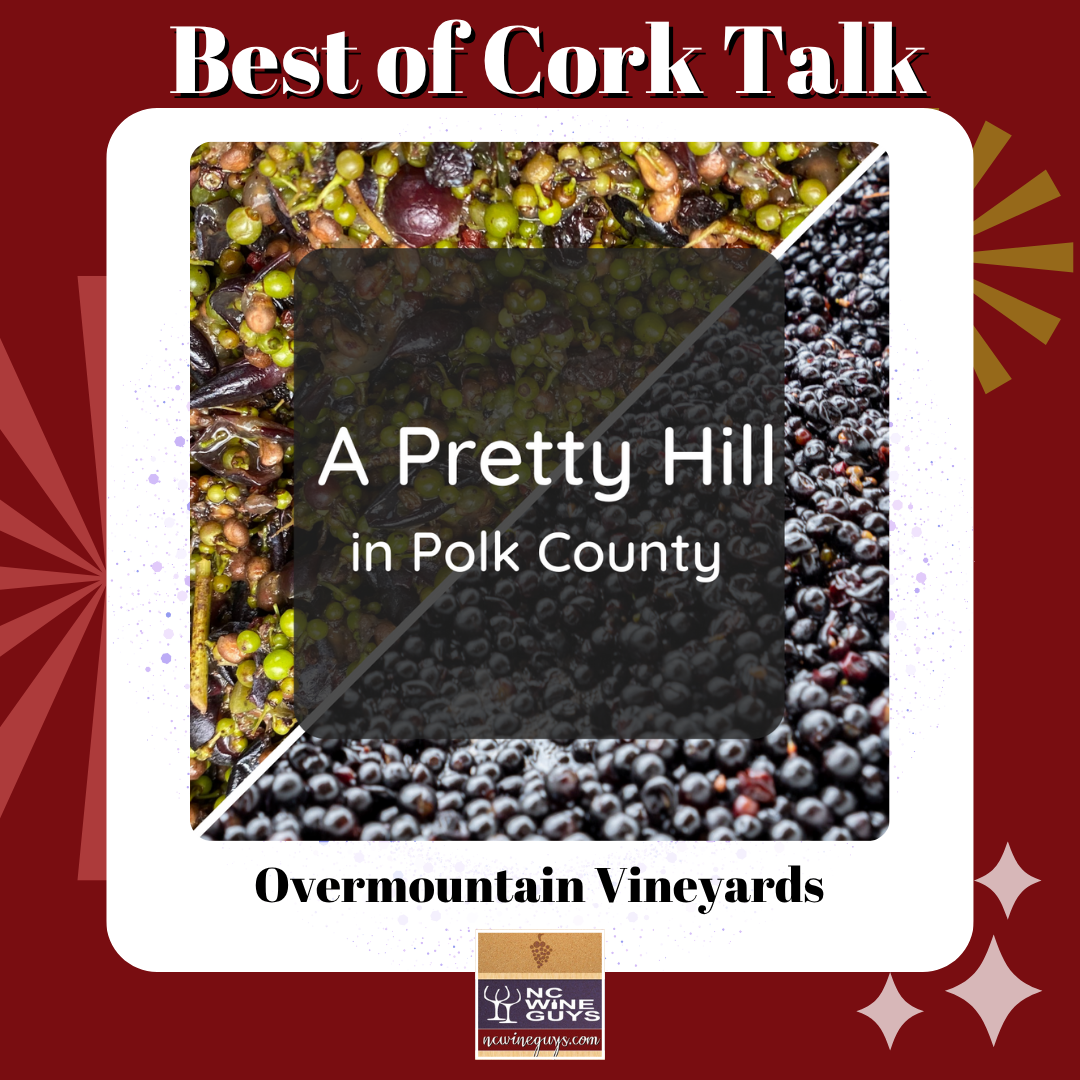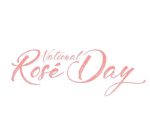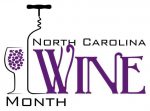In the Wine Light is Linden Vineyards. On our return from our trip to the Finger Lakes this summer, we made a couple of stops in Virginia. Our second stop was at Linden Vineyards in Linden.
We first visited Linden Vineyards in October of 2019. We had tasted Linden’s wines previously at an American Wine Society Conference in 2015. Owner Jim Law led a session on “Site Specific Variations in Wine”. During this session we tasted Chardonnays and Cabernet Francs from various Linden sites.
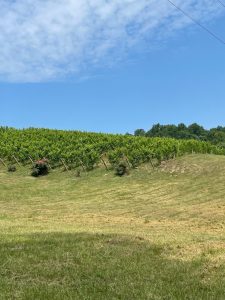
Hardscrabble Vineyard – Linden Vineyards – Linden, VA
Backstory
Linden Vineyards began in 1985 with the establishment of the Hardscrabble Vineyard. This site, once an apple orchard, had long been abandoned. Eight acres were planted with mostly grafted and propagated in-house from budwood obtained from the few local vineyards in the surrounding area. The first planting consisted of Chardonnay, Cabernet Sauvignon, Cabernet Franc, Vidal Blanc, and Seyval Blanc as noted on Linden’s website. The first commercial vintage was 1987.
There are currently 22 acres under vine across 3 vineyard sites: Hardscrabble, Avenius, and Boisseau. Avenius is a nearby site first planted in 1996. Boisseau, a warmer site, is located in Front Royal, VA.
Jim Law has been a well-respected member of the Virginia Wine community for decades. That respect extends down to North Carolina as we have heard numerous people sing Jim’s praises. Jim willingly shares his knowledge and expertise and is a mentor to many.

Barrel Room – Linden Vineyards – Linden, VA
Winemaking Philosophy
Linden Vineyards has a distinctive winemaking philosophy. A recent social media post described it as palate-based winemaking. Extraction decisions are made solely on taste. They note that taste is somewhat subjective, so the try to discipline their tasting regiment by taking two samples every two days from each lot. In Linden’s library, one of the samples is tasted alongside a sample taken two days previously. They can then taste the progression of extraction. This procedure continues every two days until they decide to drain the wine off its skins.
Another key philosophy for winemaking at Linden is around where the winemaker spends most of his time. At Linden Vineyards, the winemaker spends more time in the vineyard than in the cellar. As they say, good wine starts in the vineyard.
Tasting – Chardonnay
Visits to the Linden Vineyards’ tasting room are by reservation only. Our tasting appointment was at 11am. Jen greeted us and got us started. We began with the 2018 Village Chardonnay. This Chardonnay is a blend of all three vineyard sites and spent 10 months in neutral French oak. The nose gave notes of roasted banana while the palate had crisp pear with some flinty undertones. The acids were pleasing.
Next up, we tasted the 2016 Avenius Chardonnay. 2016 was a warm vintage. Again, this wine spent 10 months in neutral French oak which showed on the nose. Lightly candied pear dominated on the palate. With crisp acids, this wine was full bodied and very enjoyable.
Tasting – Red Wines
After the whites, we tasted three red wines starting with the 2014 Claret. A blend of Cabernet Sauvignon (44%), Merlot (34%), Cabernet Franc (20%), and Petit Verdot (2%), this wine presented a gorgeous nose with aromas of violets, blueberry, and spice. The palate gave roasted plums, figs, and a hint of spice. The tannins were medium with a balanced acidity.
Next was the 2014 Petit Verdot. Made of Petit Verdot (88%), Cabernet Sauvignon (8%), and Carménère (4%) and aged in older French oak, this wine gave a smoky, toasty nose. The palate was rich with flavors of blueberries, tobacco, and black tea and hints of violets. The oak gave a spicy undertone.
We finished the tasting with the 2016 Hardscrabble Red made from fruit from the Hardscrabble vineyard. A blend of Cabernet Sauvignon (56%), Merlot (41%), and Cabernet Franc (3%), this wine was aged in new and used oak for twenty-two months. Blueberries, black plum, and violets danced on the nose. Roasted black figs, vanilla, blueberries, and a hint of violets showed on the palate. The tannins were bold with a long, pleasing finish.

Bottled Wine – Linden Vineyards – Linden, VA
Tour with Winemaker
After we finished our tasting, Linden Vineyards winemaker, Jonathan Weber, took us for a tour. Jonathan has connections to North Carolina having studied at viticulture and enology at the program at Surry Community College.
We started on the crush pad, talking about the vineyard and harvest. Typically grapes are harvested on day and processed the next. Sorting tables a used to sort grapes saving the best berries for winemaking. Recently, they have moved to more whole berry fermentation. We ended the tour in the cellar further discussing the winemaking process.
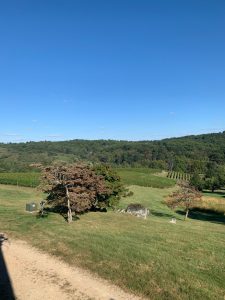
View at Linden Vineyards – Linden, VA
Must Visit
If you are a serious wine enthusiast and haven’t visited Linden Vineyards, you should plan a trip. We’re sure you won’t be disappointed.
We look forward to our next visit!
#InTheWineLight #VAWine

